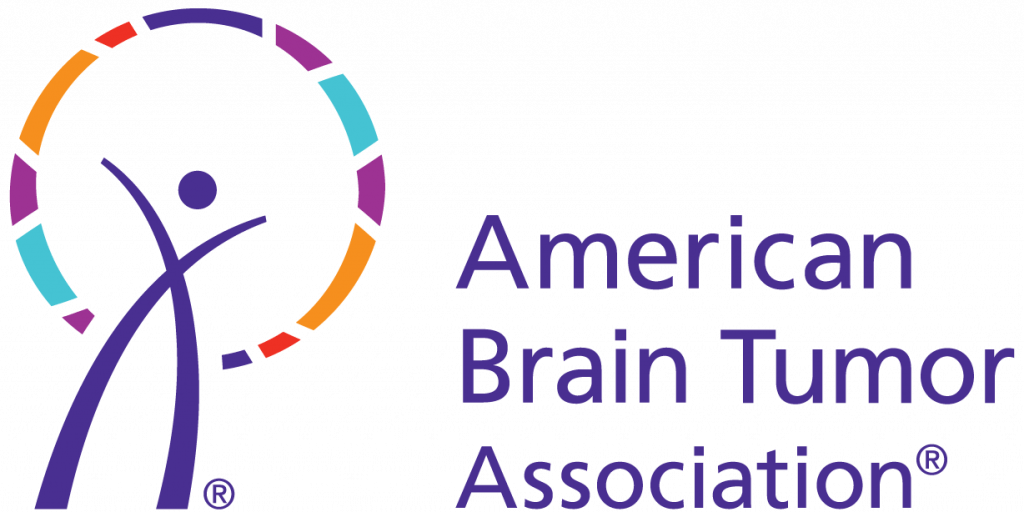Sponsored Content:
This content is not an endorsement from the ABTA.
Sponsored by Medexus Pharma, the company behind Gleolan (aminolevulinic acid HCI).
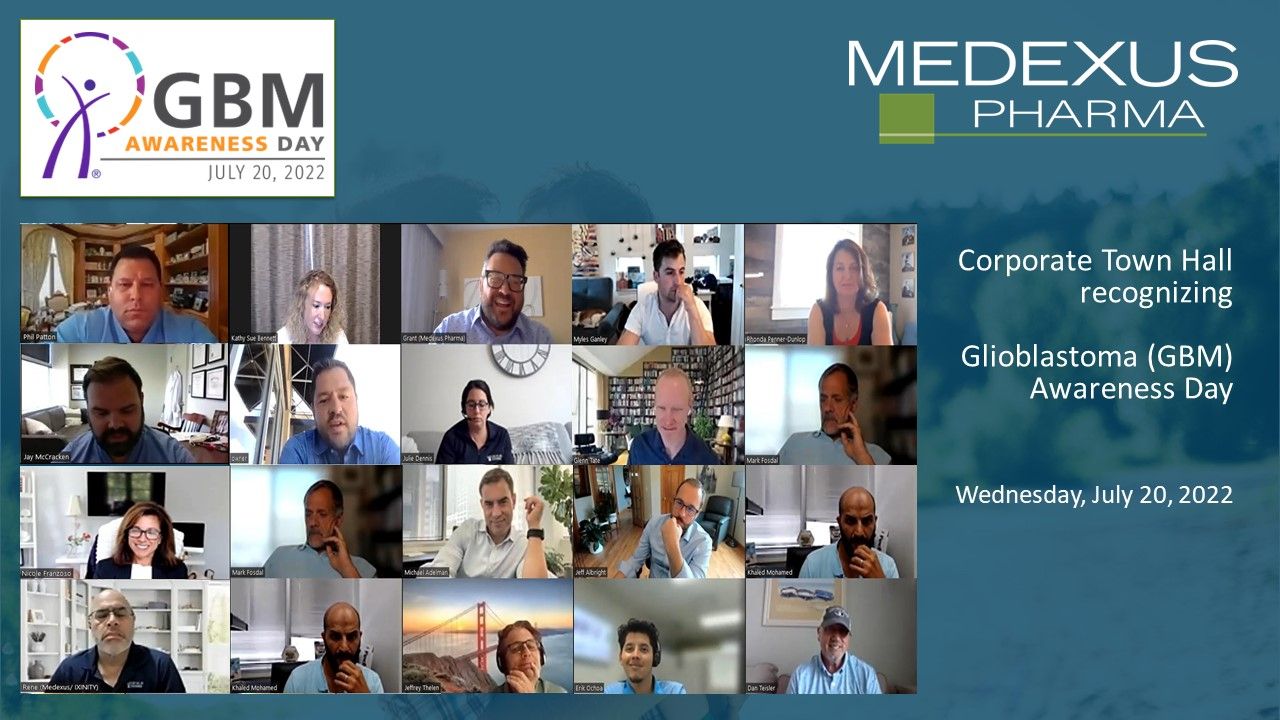
At Medexus, the patient is at the heart of everything we do. And we are proud to support the communities we serve through advocacy, fundraising, and education. On July 20, Medexus hosted a company-wide virtual town hall to recognize Glioblastoma Day (GBM) and connect our team members to those supporting the brain tumor community.
Dr. Joe Chabot and Dr. Jay McCracken shared with our team their personal experience in treating patients with glioblastoma. Their passion and pride in treating those with brain tumors was truly inspiring. See below for a short excerpt from their conversation with our team.
*5-ala (aminolevulinic acid) is a liquid solution swallowed by a patient before surgery that causes malignant glioma cells to fluoresce under blue light.
Grant B (Medexus): Welcome Medexus colleagues and our guest speakers. Thank you for joining in to recognize Glioblastoma Awareness Day. Today we join the community to shine a light on glioblastoma, which is the most common, complex, treatment-resistant and deadliest type of brain cancer. This day has significance for a number of reasons, first being the patients impacted by glioblastoma and the caregivers that support them. Playing a key role are the foundations and organizations that help advocate, educate, and provide much-needed support for those in the brain tumor community. And of course, the neurosurgeons and their care teams that support and treat those with glioblastoma. Doctors McCracken and Chabot join us to share their experience in treating patients with GBM.
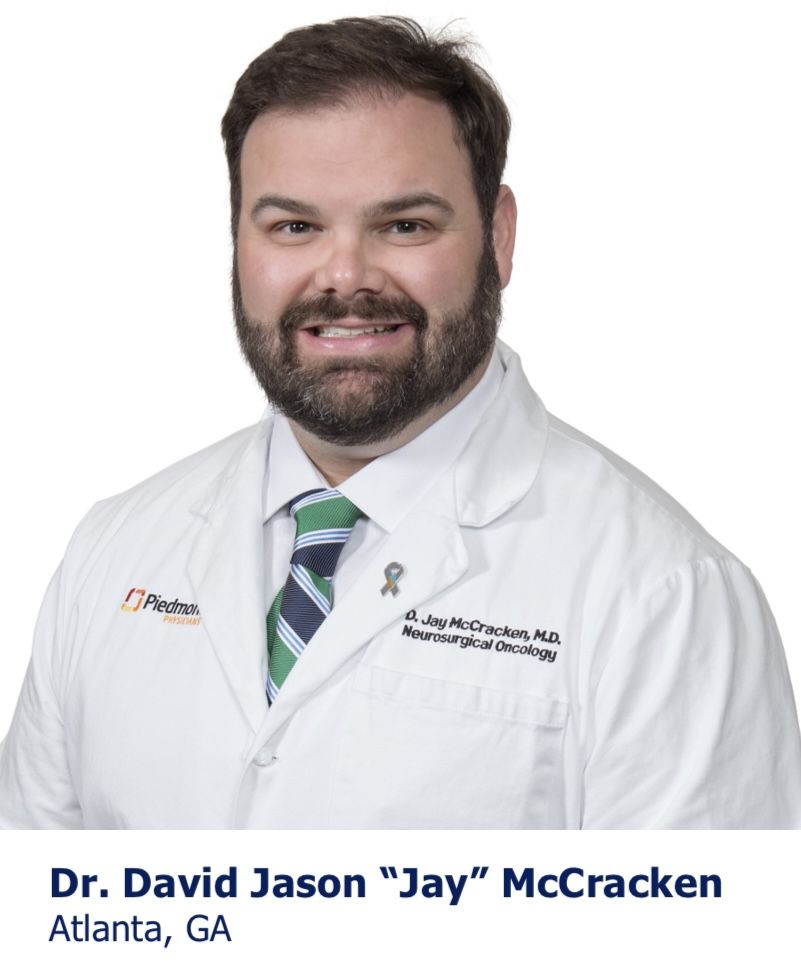
Dr. McCracken: To help recognize this day, I was asked to share case studies from my own experience in treating individuals with GBM – sharing the patient experience from the neurosurgeon’s perspective. As you know, glioblastoma is a devastating disease. I just want to show what 5-ala can do and what it’s done for a lot of our patients. I have been using 5-ala for well over 3 ½ years now. We employ various techniques and tools because decades of data have shown that extent of resection, and even supramaximal resection, really translate into longer survival time for patients.
One case study I would like to share is of an older female with a very large, right temporal GBM. We looked at her tumor and thought it would be safe to remove given its location.
She was right-handed and did not have any impacted speech tissues, so we did not feel this would interfere with her language function. We were able to do her resection asleep with 5-ala and got an amazing resection on this patient. In another case study of an older male, we were able to do the resection with the patient awake because this was impacting language function on the left side. You can do a supramaximal resection if it is safe to do with a combination of awake language mapping, subcortical stimulation for motor mapping, and all those things to keep the brain safe.
That was really one of the things that when we first started using 5-ala that was a cause of concern for us – if you’re not employing techniques to keep the brain safe, it is easy to sort of “chase the pink tissue” that fluoresces with 5-ala and can get into areas that you don’t want it to. So, by employing all the tools that we have, we can keep patients safe but also get really amazing resections.
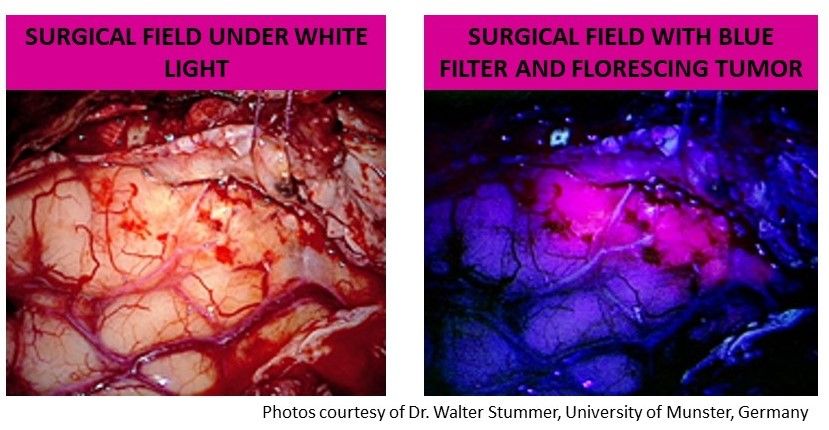
Dr. Chabot: I was one of first to use 5-ala in Minnesota around 2017 as part of the clinical trials and then brought it to Wisconsin. As Dr. McCracken said, 5-ala is another tool we can use in GBM. I will share one case of a young man with a rare type of sarcoma that metastasized to his brain. Following hip surgery to replace part of his femur, he had some lung lesions that were stable with radiation and chemotherapy. But he had this growing right frontal brain met about 6 cm. We took him to the operating room to remove the tumor in what we thought was a gross total resection, but it recurred within six weeks along the border of the tumor.
With 5-ala in the next surgery, I was able to get that mythical supra-total resection. That was two years ago, and he is still alive with no evidence of recurrence. So, thinking outside the box in these tumors doesn’t hurt and if we can get supra-total resection, we can add to a meaningful life. These are devastating diseases that we can make a meaningful difference in.
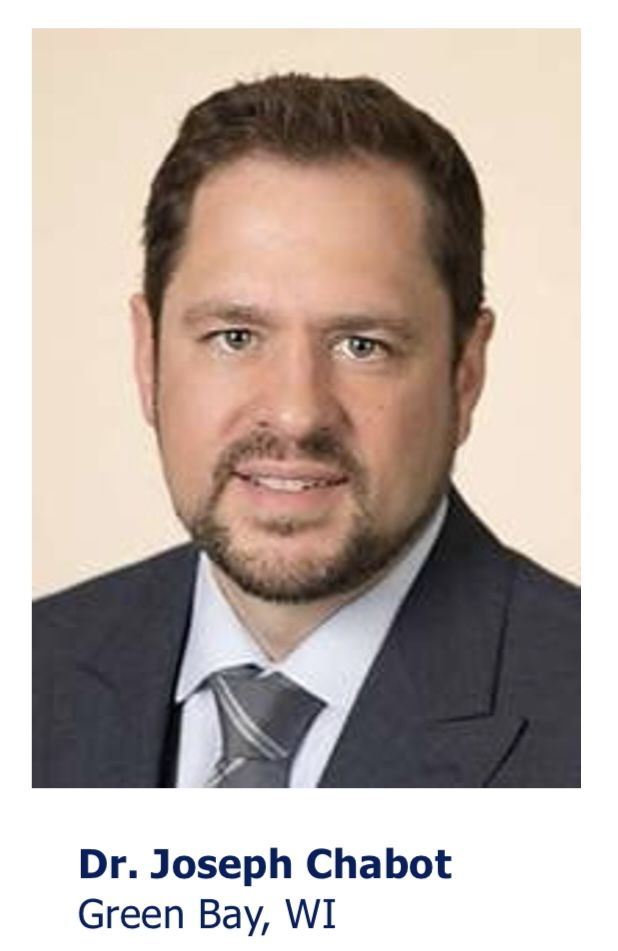
Dan T. (Medexus): Thanks for everything that you are doing for patients with glioblastoma. For me having known someone who had glioblastoma, I am thankful there are doctors like you to help patients and give options that may prolong their lives.
Kathy Sue (Medexus): Can you speak to the typical patient journey – from diagnosis to surgery?
Dr. McCracken: It is a mixture of everything. We see patients that have headaches, and the neurologist gets an MRI, and then they are sent over to us. We also have patients who come in that have had a horrible seizure, or they can’t move their arms or legs, or they cannot talk and so they come into the ER. So, it’s a little bit of this, a little bit of both. I’d say especially during Covid, we had patients who were waiting a lot longer to receive treatment.
Dr. Chabot: That’s been the untold story of the shutdown. Patients have been coming in much more progressed than we normally see, and for both spine and brain cases. You’re up against the wall when you operate for a lot of surgeries, but you know that you must do something.
Grant B. (Medexus): Thank you both very much for your time – it is very insightful for the Medexus team to hear your perspectives and your patient experience. Many of us have not known someone who has experienced GBM, so your perspectives connect us to the Medexus vision, which is to be the most trusted partner to the individuals, companies and the communities that we serve. Thank you again.
You can learn more and connect with Medexus by emailing GBM@medexus.com or by visiting gleolan.com.
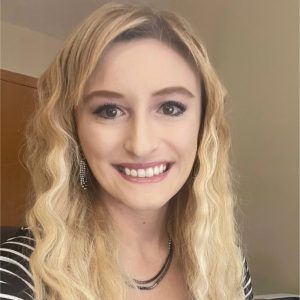
Jessie Schlacks
Jessie is Managing Editor of the bi-monthly e-newsletter MindMatters. Submit story ideas or questions to jschlacks@abta.org.





